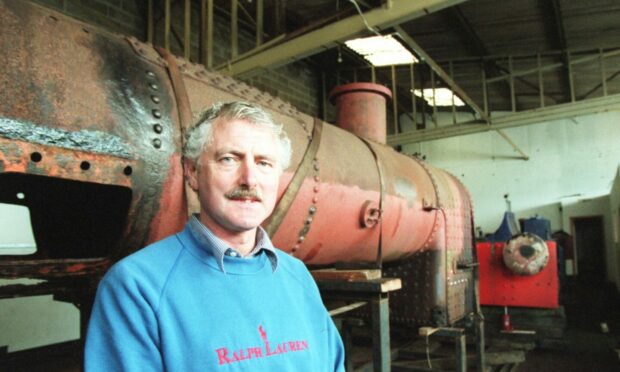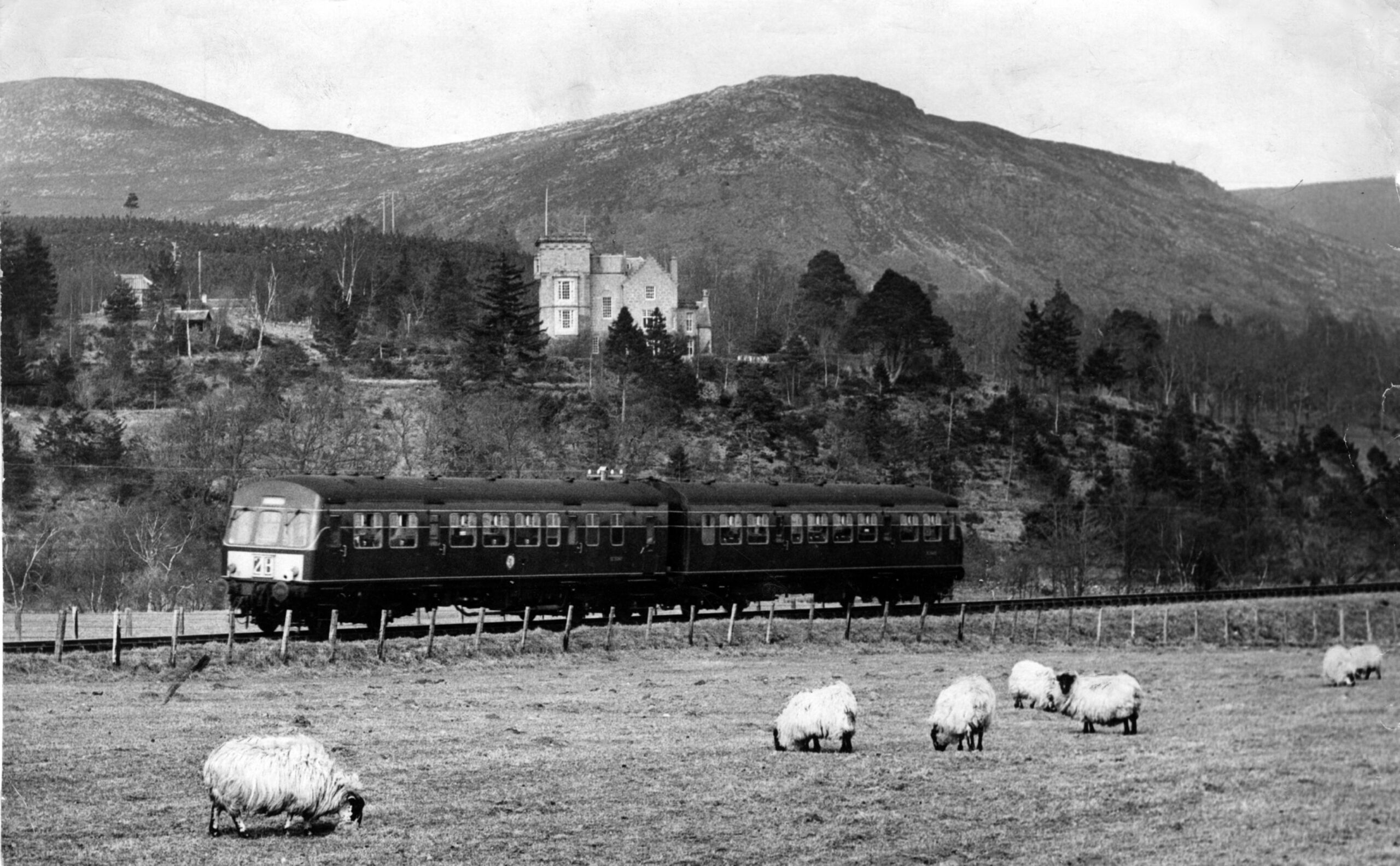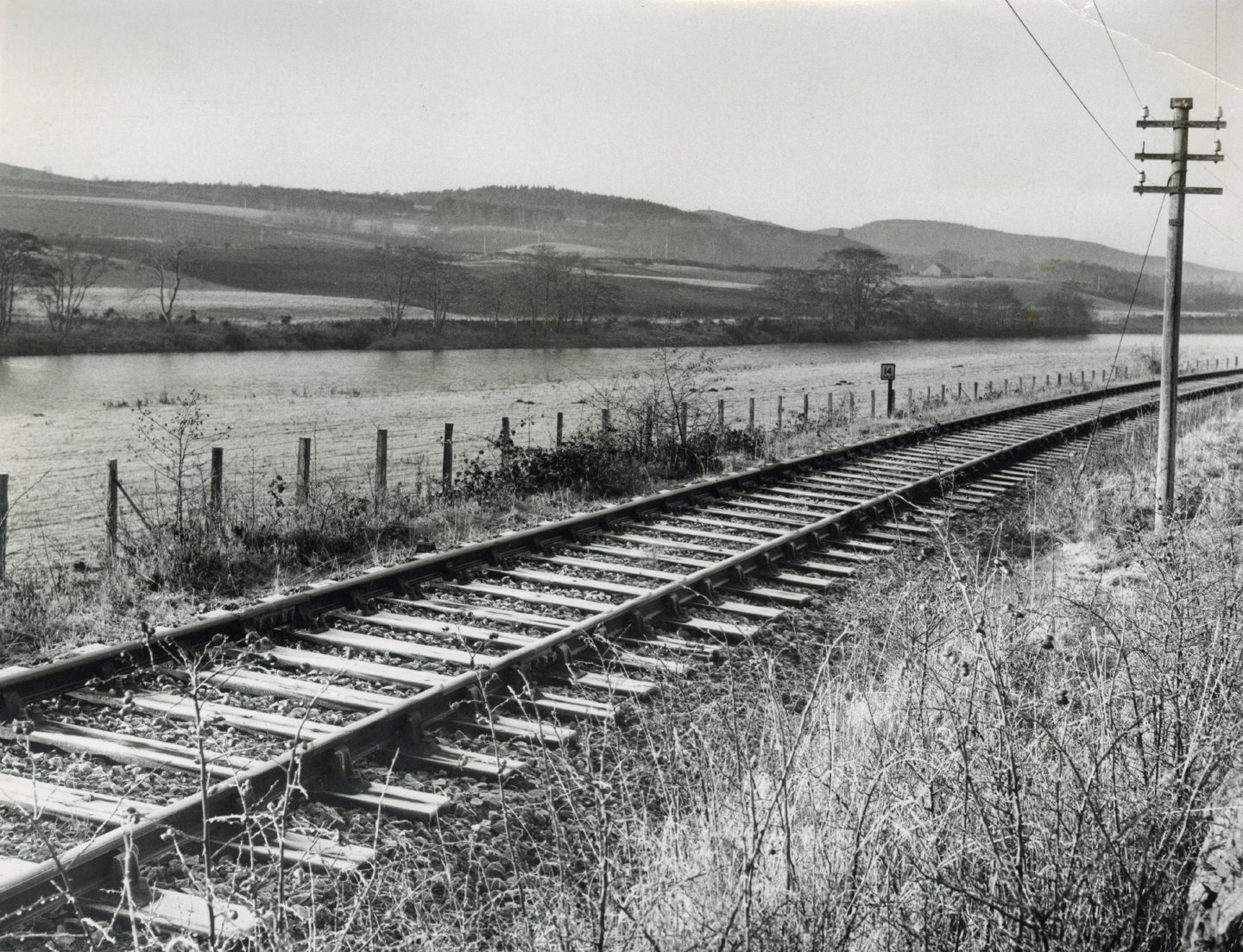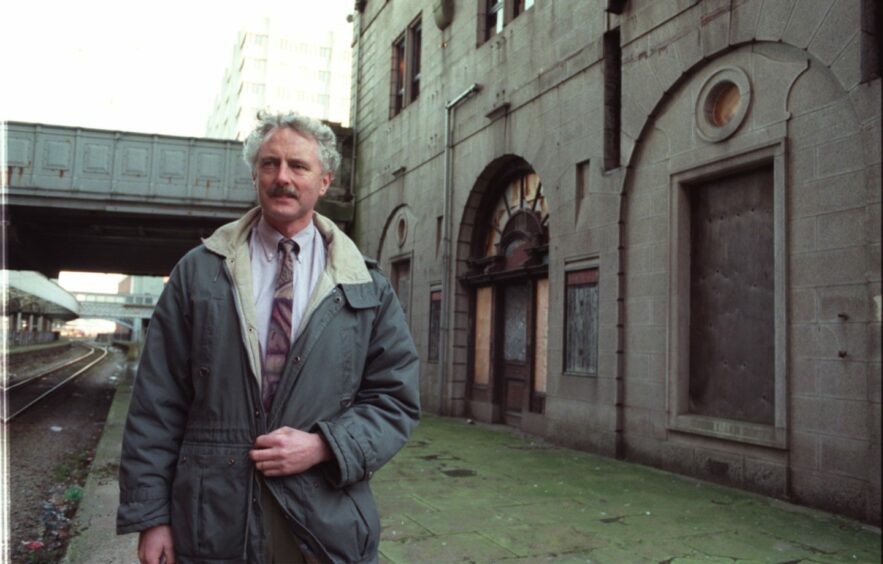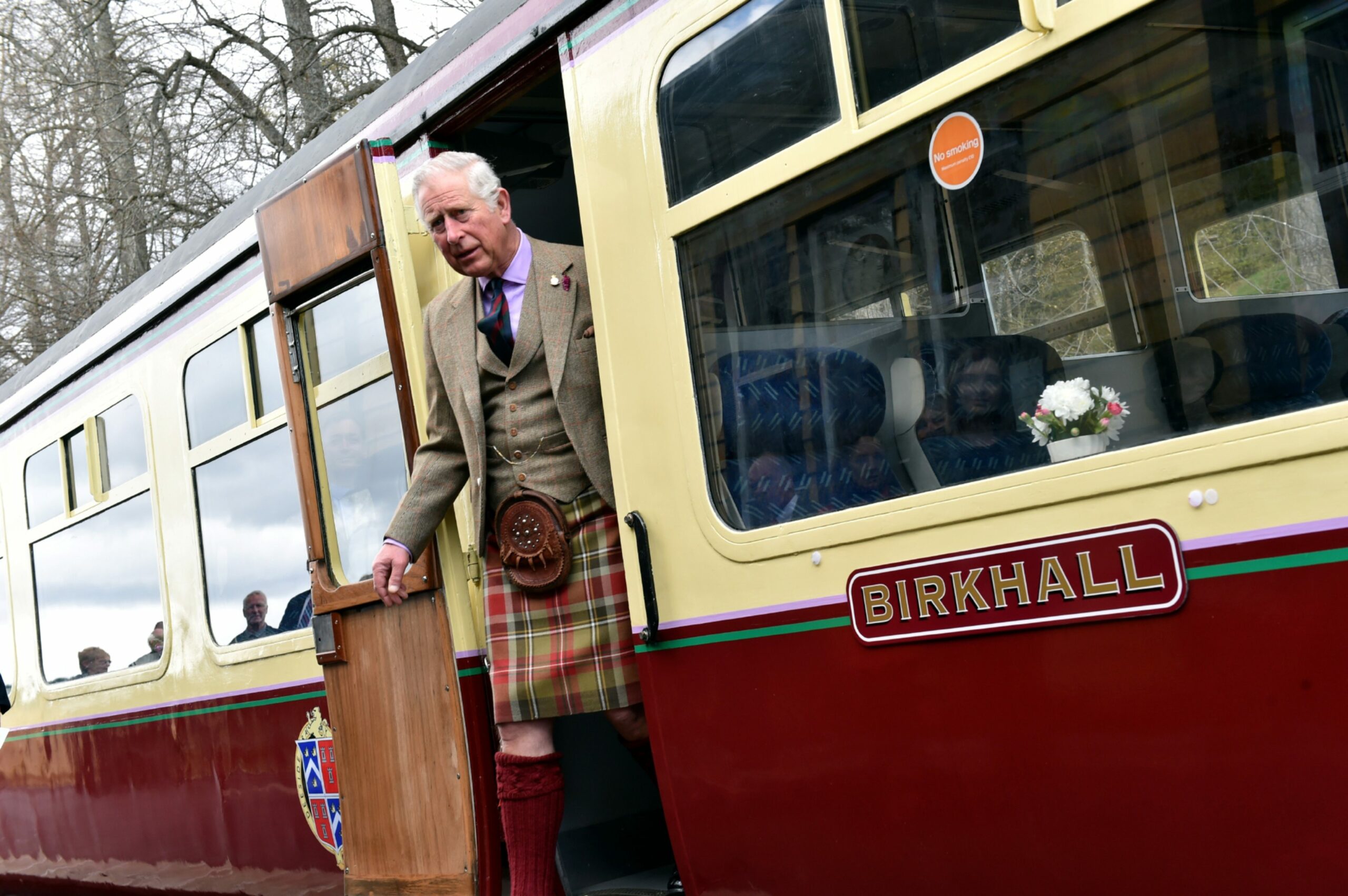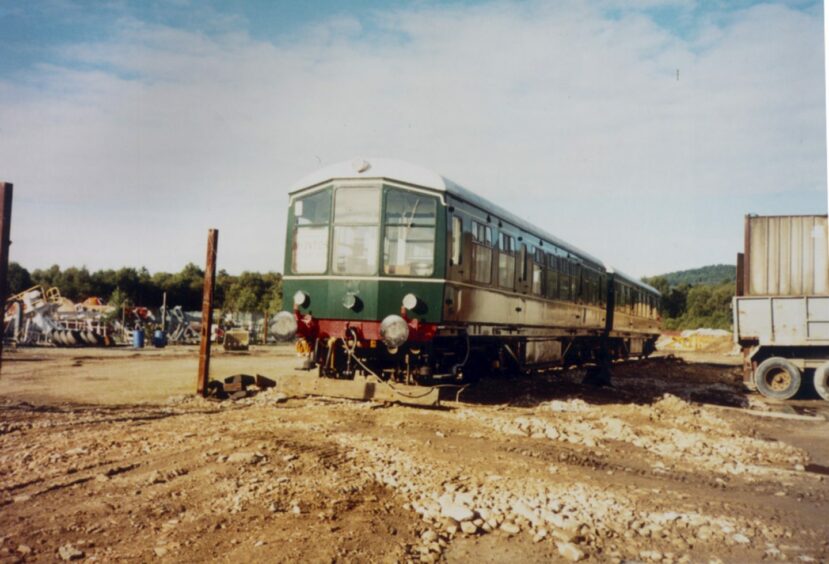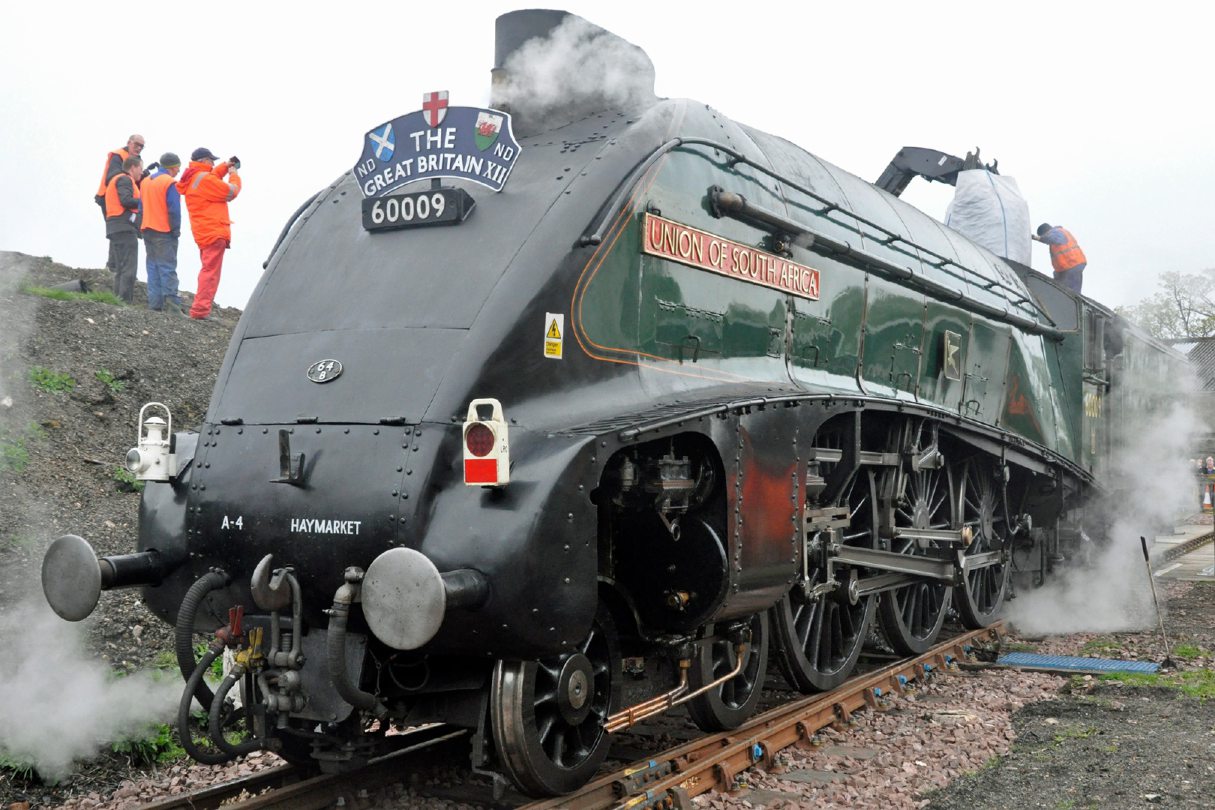It started as a letter in the Press & Journal which urged people across the north-east to revive some of the lines axed in the Beeching Cuts.
And, more than a quarter of a century later, the pride, passion and perseverance of Peter Mearns, who championed the restoration of the cherished little stations which proliferate in Deeside, has paid a rich dividend.
Mr Mearns, who has died aged 74, was a bold and persistent campaigner for the cause and wrote in his prescient letter to the P&J in 1996: “If you are tired of increasing lunacy on the roads or just want to be in at the start of what might be a great venture, then please apply for membership.
“The Deeside Railway was a national institution, frequented by kings, queens and tsars, whose tourist potential must be enormous. Steam railways elsewhere are hugely popular, so why not bring [them] to the north-east?”
Soon enough, the wheels were in motion for dramatic developments.
Mr Mearns admitted from the outset that his grand vision might take years or even decades to bring to fruition, but he soon joined forces with other stalwart volunteers in the region and his pioneering work gradually built up a formidable head of steam.
It’s in evidence at the Deeside Railway Museum in Crathes, which is being resurrected with all the attention to detail you would expect from people who can recall the heady days of steam and marvelled at The Railway Children and the famous Trevor Howard/Celia Johnson liaison in Brief Encounter.
And the fruits of this trailblazing figure and other innovative individuals such as Jon Tyler, the chairman of the Ferryhill Railway Heritage Trust, have been the catalyst for the return of annual services by steam vehicles to Aberdeen.
There were plenty of hurdles to overcome in the early days. The impact of Beeching’s notorious branch closures in the 1960s had led to most people believing there was no prospect of axed routes being revitalised.
Yet, as Mr Mearns told his audience: “Of course, the obstacles will be enormous, but for those who like a good fight, those who mourn the passing of our magnificent heritage or those who relish a daunting challenge, the rewards would be more than worthwhile.”
The gauntlet had been laid down. And other fervent rail aficionados picked it up and ran with it while mobilising their forces in the years ahead.
Mr Tyler, in paying tribute to his colleague and friend, told me: “It was Peter who started the project to reinstate the Deeside Railway.
“And he hosted the meetings of the Royal Deeside Railway Preservation Society at his home in St Swithin Street [in Aberdeen] for many years.
“His unbounded enthusiasm for the project quickly spread among the growing band of volunteers.
“Meetings were held with both Aberdeen City Council and Aberdeenshire Council and, after being encouraged by assurances that nothing would be done to prevent the reinstatement of the Deeside Railway, work started on fundraising and publicity.”
Sometimes, it was slow going and there were concerns that the initiative might hit the buffers. At other stages, the volunteers faced a variety of different problems, whether in striving to secure finance, or battling with bureaucracy or vandalism, as they sought to generate momentum.
But Mr Mearns was one of those little coiled springs of boundless energy and enthusiasm. And he poured himself into his work with the attention to detail which is often required in tackling such a large-scale endeavour.
It brought rewards which are tangible today, whether in the benefits of the recently-installed turntable at the Ferryhill site. Or in the number of visitors to the Deeside Railway venue who are both thrilled and charmed by climbing on to the pristine train there.
I still remember the thrill of being at the helm – assisted by one of the volunteers – and pulling the whistle as we snaked along the route at Crathes.
Mr Tyler has been a catalyst for significant change in his own right. But he said he was thankful for the early seeds which were sown by his predecessor.
He recalled: “Peter edited the first Queen’s Messenger; a quarterly newsletter which went out to all members and kept them informed on the plans as funding applications were lodged and proposals devised to boost the scheme.
“Douglas Paterson, the then chief executive of Aberdeen City Council, wanted the project to be based at the former Ferryhill Motive Power Depot.
“However, slow progress in Aberdeen resulted in the project moving to Crathes, where the railway was established with the substantial donation of railway track from the national network.
“And then, in 2007, the Ferryhill Railway Heritage Trust was subsequently formed and Peter became one of the trustees.”
It was a role which suited his talents down to the ground. And the FRHT, which has won national awards, and been responsible for the installation for the new turntable and arrival of such iconic trains as Tornado and Union of South Africa in Aberdeen, will never forget his contribution to the effort.
Mr Mearns is survived by his wife Rosie and by two sons, Matthew and Oliver, and a daughter, Lara. His funeral will be held on Friday at Queen’s Cross Church in Aberdeen at 11am.
Further information about the FRHT can be found here and there’s news of all the Royal Deeside Railway’s activities here.
